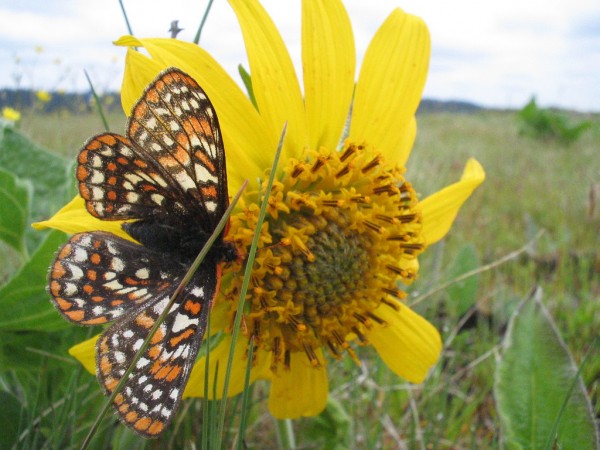Right Plant Right Place
Ever wonder why some of your plants grow so well in your yard and others don’t? Matching plant needs to areas of your yard will help foster better growth. Your yard probably has areas where it gets more sun or shade than other areas or are hotter and drier, or wetter and cooler than others these are called micro-climates, by planting like plants together you can optimize similar watering needs. Different plants also need different amounts of water to survive. Some plants don’t need as much water because they have adapted to our local soil and rainfall patterns.
In addition to looking at your yards micro-climates look at creating watering zones in your landscape so that you can give each plant exactly what it needs. This way you keep each plant healthy by giving it – not too much, or too little water – and you avoid wasting water while reducing the amount of time and effort needed to maintain your garden. Zoning is a simple way to manage water use and maintenance more effectively. Consider dividing your landscape into three watering zones: high watering zone, moderate watering zone, and low watering zone.

- High watering zones may be small, visible, highly maintained areas, home entrances and grassed areas. This is where your thirstiest plants should be planted. These areas are typically conveniently located so they are easy to water.
- Moderate watering zones may need occasional watering in addition to natural rainfall to maintain health plant material.
- Low watering zone is the area of lowest water need. Once plants are established little, if any, additional water is required.
Knowing the amount of sun exposure and rainfall your garden area receives will help you group plants with similar needs. Putting the right plant in the right place ensures your garden will be healthy while saving water. Incorporate native or low-water use plants to conserve even more water.
Smart Planting Tips
- Water smart gardeners pick water-smart plants. Native and drought-resistant plants look beautiful and save water. Check out the Water Efficient Plant Guide for the Willamette Valley for ideas.
- It’s not just a yard, it’s a home. Adding native plants to gardens helps provide habitat for local wildlife and enhance the native regional character of the Northwest.
- A little goes a long way. Native and drought-tolerant plants survive well on rainfall and need little supplemental water once established.
- Pick a favorite…Some native plants that are water-efficient include: Mountain Laurel, Lupine, Vine Maple, Currant, Bleeding Heart, and Sword Fern.
![]()
Conservation Rebates
![]()
Conservation Tools
![]()
Indoor Conservation
![]()
Outdoor Conservation
![]()
